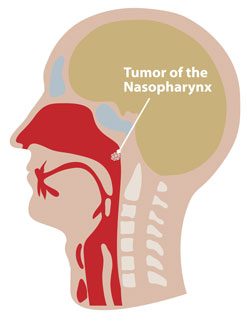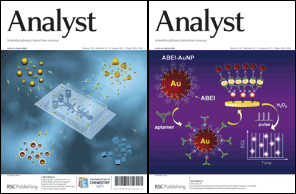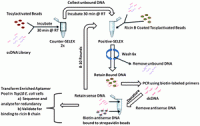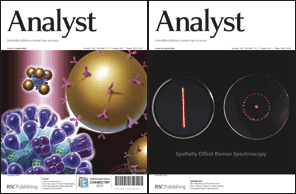 6th International Symposium on Enabling Technologies (ETP Boston)
6th International Symposium on Enabling Technologies (ETP Boston)
October 7, 2011, Boston MA, U.S.
The 6th International Symposium on Enabling Technologies – Atlantic Conference will be held in Boston later this year on October 7th. JAAS Editorial Board member, Dr Scott Tanner from University of Toronto and Metallomics author Jane Thomas-Oates, University of York are amongst the impressive line-up of speakers. Read a selection of some of the speakers latest research below.
For further details, visit the conference website. Abstract submission and registration now open!
Don’t forget to pick up a complimentary copy of our analytical journals, if you are planning to attend!
Development of analytical methods for multiplex bio-assay with inductively coupled plasma mass spectrometry
Olga I. Ornatsky, Robert Kinach, Dmitry R. Bandura, Xudong Lou, Scott D. Tanner, Vladimir I. Baranov, Mark Nitz and Mitchell A. Winnik
J. Anal. At. Spectrom., 2008, 23, 463-469, DOI: 10.1039/B710510J
Denaturing and non-denaturing microsolution isoelectric focussing to mine the metalloproteome
Barbara Pioselli, Caroline Munro, Andrea Raab, Christian L. Deitrich, Kriangsak Songsrirote, Jörg Feldmann and Jane Thomas-Oates
Metallomics, 2009, 1, 501-510, DOI: 10.1039/B903607E
Characterizing the connectivity of poly-ubiquitin chains by selected reaction monitoring mass spectrometry
Hamid Mirzaei, Richard S. Rogers, Barbara Grimes, Jimmy Eng, Alan Aderem and Ruedi Aebersold
Mol. BioSyst., 2010, 6, 2004-2014, DOI: 10.1039/C005242F
Comments Off on International Symposium on Enabling Technologies – Atlantic Conference




















